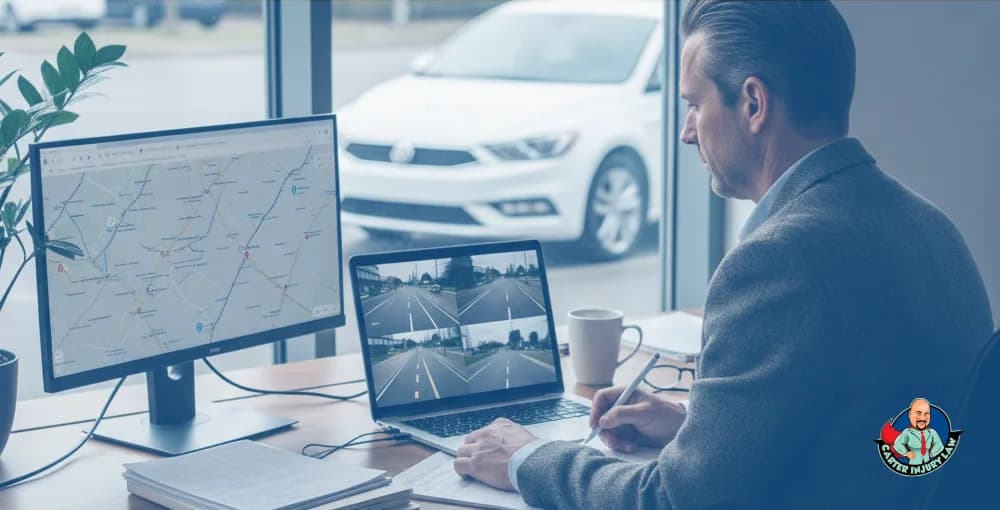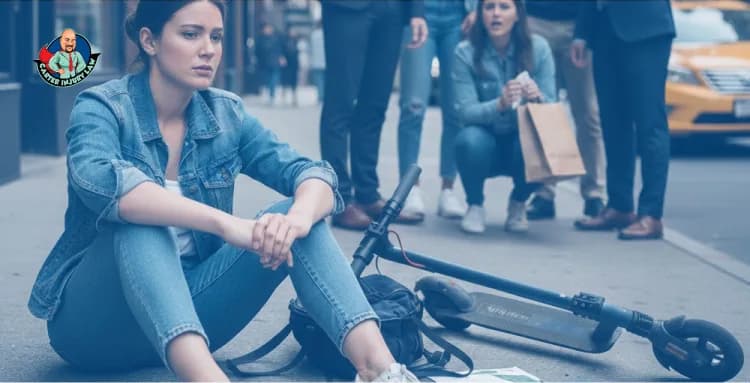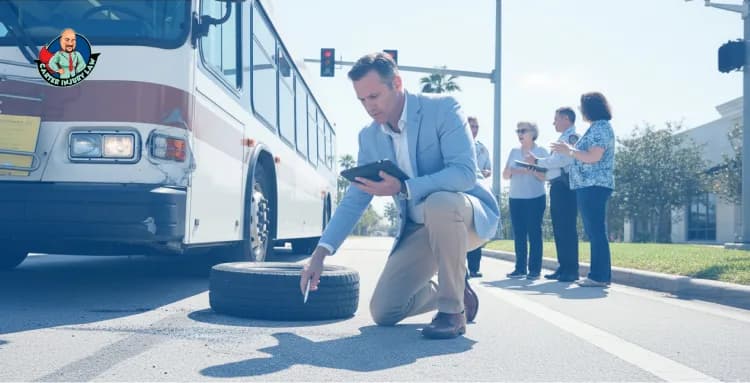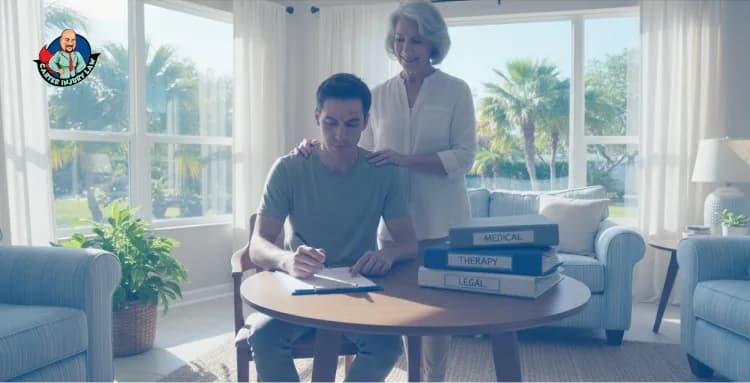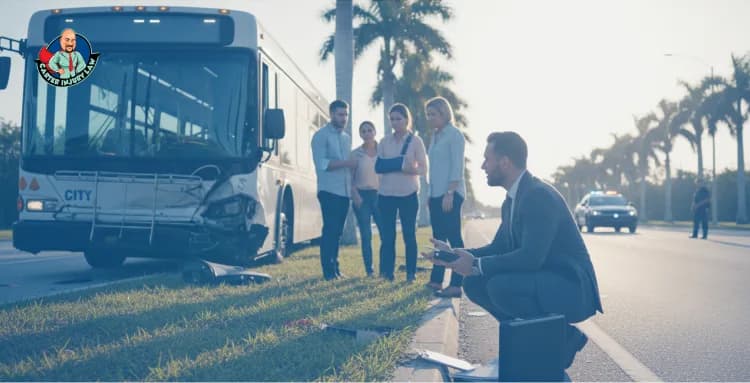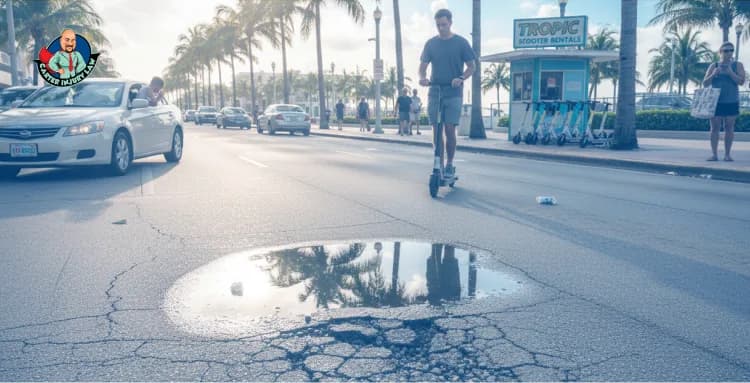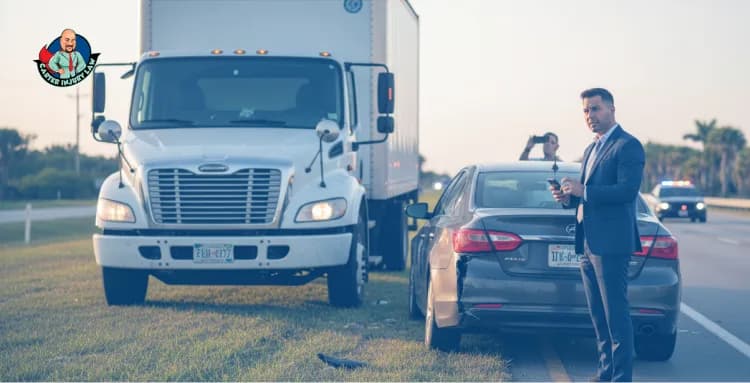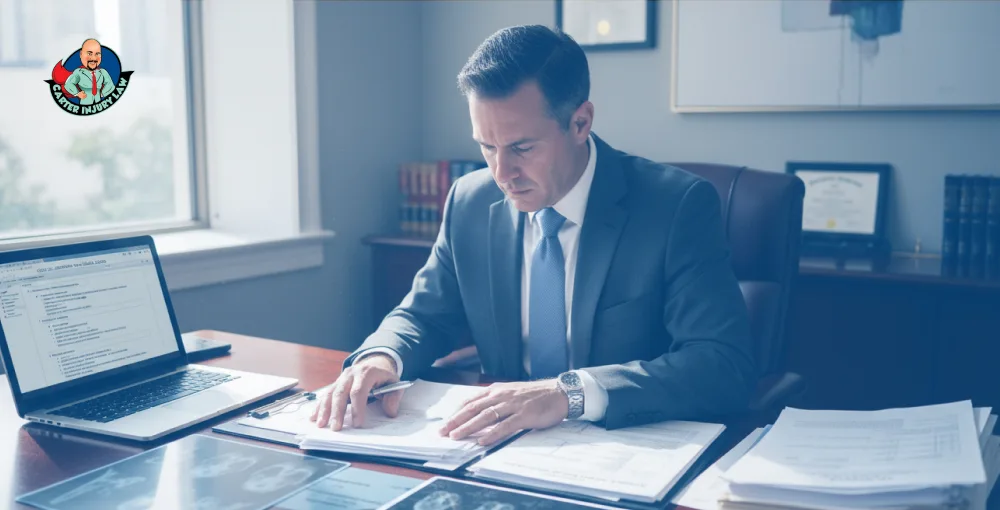You don’t think about the pavement when you're riding. Not really. You know it’s there, but your mind isn’t on the ground. It's on the wind. On the rhythm. On the freedom. Until it isn’t.
Florida doesn’t cushion the fall. It doesn’t offer the quiet security of no-fault protections to bikers. No warm guarantees. Just asphalt, sirens, and questions nobody prepared you for.
How bad is it? What happens now? And the one question that always comes later, What is a wrecked life worth in dollars and cents? Let’s start there…
1) Florida’s Roads, Realities & Risk: Why Riders Pay the Price
Florida has long been a haven for motorcyclists. Year-round sunshine, flat open highways, and a strong riding culture make it one of the most motorcycle-friendly states in the country, at least on the surface.
However, beneath that freedom is a far less forgiving reality. Florida may offer the ride, but it also carries some of the highest crash and fatality rates in the U.S. for motorcyclists. Whether it’s tourists unfamiliar with the roads, distracted drivers, or high-speed sprawl on highways like I-75 and US-1, riders here face unique risks every time they gear up.
"In 2022, Florida saw over 8,600 motorcycle crashes, with more than 600 resulting in death."
— Florida Department of Highway Safety and Motor Vehicles
This isn’t about scaring people away from riding — it’s about facing the road with both eyes open. Because while the wind and the freedom are real, so are the consequences when something goes wrong.
2) No PIP for Bikes & Florida Riders Start at a Disadvantage
Florida operates under a no-fault insurance system but there’s a catch. While drivers of cars and trucks are required to carry Personal Injury Protection (PIP), motorcyclists are left out of that equation entirely. The law doesn’t extend PIP coverage to motorcycles, which means riders don’t get immediate access to medical benefits through their own insurance after a crash.
So, what does that actually mean in practice?
It means that if you’re injured in a motorcycle accident, even if it wasn’t your fault, there’s no automatic help for your hospital bills. No fast track compensation for lost wages. Instead, you’re left to pursue a claim against the at-fault driver, assuming they even have insurance… or assets to recover from.
And that assumption? It’s a risky one in Florida.
"Motorcyclists are 28 times more likely to die in a crash than passengers in cars."
— National Highway Traffic Safety Administration
For motorcyclists, this creates a dangerous gap. You’re exposed twice; once on the road and again in the aftermath, when coverage you assumed would be there… isn’t.
3) What’s the Average Motorcycle Accident Settlement in Florida?
There’s no universal price tag for pain. The numbers vary based on how badly you were hurt, how much time you’re out of work, and how strong the evidence is around who caused the crash.
Here’s a general breakdown:
Minor injuries (like sprains, soft tissue damage, or road rash): Typically fall between $10,000 to $30,000
Moderate injuries (fractures, surgery required, some missed work): Range from $30,000 to $75,000
Severe injuries (traumatic brain injuries, spinal damage, permanent disability): Often valued at $100,000 to $500,000+
Fatal accidents or wrongful death claims (especially involving a primary wage earner): Can exceed $1 million, depending on the case
Each case is shaped by its own set of facts. The insurance limits involved, the long-term impact on your health and livelihood, and even the quality of legal representation you choose. A cracked rib and 6 months of missed wages can settle for more than a broken wrist, depending on how the injury affects your life.
4) What Factors Shape Your Settlement?
There isn't a single golden rule when it comes to valuing a motorcycle accident claim but certain factors consistently move the dial. In Florida, the outcome of your case depends not just on what happened, but on how the law applies to the details of your story.
Let’s break it down:
Liability and fault
Florida follows a pure comparative negligence rule, which means even if you were partly at fault, you can still recover damages but your payout is reduced by your percentage of fault. So if you’re awarded $100,000 but were 30% responsible, you’d receive $70,000.Severity of the injury
Broken bones heal. Traumatic brain injuries don’t always. The more long-term or permanent the damage, the more compensation your claim may demand. Especially if it limits your ability to live or work independently.Medical expenses
Not just what you’ve paid but what your doctors say you’ll need going forward. That includes physical therapy, surgeries, prescriptions, and even mobility devices or home modifications.Lost income & diminished earning capacity
If you’ve missed work, that gets added to your claim. But if you can’t return to the same job or work at all, the financial impact grows dramatically.Pain and suffering
There’s no bill for chronic pain or anxiety, but Florida law allows for these damages to be included in serious cases. The more disruption to your daily life, the more weight this factor carries.Insurance policy limits
Even a million-dollar injury won’t result in a million-dollar settlement if the at-fault driver only carries the state minimum unless they have significant personal assets or you’ve purchased uninsured/underinsured motorist coverage.
Two people could suffer the same injury but walk away with vastly different results—all because of how these factors stack up. The law offers a structure, but the outcome depends on the specifics of your case.
5) Carter Injury Law Fights for Your Maximum Compensation
Here’s the part no one tells you at the dealership, you can follow every rule on the road, wear your helmet, stay visible, and still end up in a hospital bed with no coverage for your injuries. That’s because Florida’s insurance system has a blind spot when it comes to bikers.
And it’s not just PIP that’s missing. The real danger lies in what other drivers are carrying or not carrying.
If someone hits you and they’re uninsured (or carry the bare minimum), you could be left holding the bag for tens of thousands in medical bills.
Therefore, we start with a thorough investigation, reviewing police reports, analyzing damage, interviewing witnesses, and pulling surveillance footage if it exists. Every detail counts because the burden of proof is on you, the injured party.
We work closely with:
Medical experts who can document your injuries and project long-term care needs
Accident reconstructionists who help explain how and why the crash happened
Insurance adjusters, not as adversaries but as negotiators who need to know you’re prepared to go the distance
And most reputable injury firms, including ours, operate on a contingency fee basis. That means you don’t pay anything up front. We only get paid when we win your case.
The law can’t undo the accident. However, it can offer something that helps you begin again with the right hands guiding the way.




